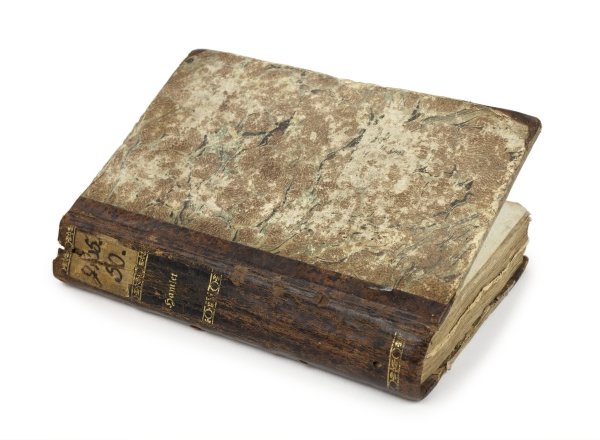
The book in front of me on my desk is Shakespeare’s (and Fletcher’s) Henry VIII, the latest Arden edition. I am translating it. When I reach the last word of the epilogue, I will have translated all of the canonical 37 plays into my native Danish.
I have put many, many hours of work into this. It all began back in the 1980s when a Danish theatre commissioned me to translate A Midsummer Night’s Dream. I will never forget the feeling I had when I typed the last line: emptiness, sadness, because it had been such fun, and I could not know if I would ever be allowed to do such a thing again. I was lucky. This first translation, and the ones that quickly followed, were very well received by audiences and critics, and the actors loved them. But at some point I realised that I could not hope for Danish theatres to produce, let alone want, new translations of quite a few of the remaining plays: Henry VI? Nope. Too English, too many what-was-his-name-agains, and three parts. Timon? Nah. Too sombre. Who wants to know about a guy who dies of misanthropy and buries himself? Pericles? Forget it.

The urge to do all of it was irresistible, though. And thanks to lots of support from friends and foundations, I was able to sustain myself and my Bardolatry for all the years needed. Five fat volumes have been published, the sixth and last is in the making, and my dream is very close to coming true.
And now, after all the innumerable HOWs (how do you accommodate the meaning of Shakespeare’s words, so often monosyllabic, in a language which simply needs more syllables to convey the same semantic contents? How do you recreate the banter and all the delightful innuendos of Romeo’s young friends? How do you give Shylock’s words their slight tinge of otherness without betraying the pain that makes him a fellow human being? How do you give the ugly monster Caliban his unique moment of beauty when he celebrates the noises that his isle is full of? How do you cope with the three big Ps – poetry, puns and pentameter?), the time has come to confront the inevitable WHY.

Why have I done it? Why bother? All of the plays have already been translated into Danish, many of them several times. No Danish reader or theatre-goer is left with the taxing originals. And yet there is a reason for re-translating these wonderful texts.
A translation is never a replica of the original. It cannot possibly be. And in Shakespeare, so much is said by association, by contrast, by conceptual density, by the sheer musical quality of the spoken word. This opens up a wide field of interpretation, even if (and because) the translator should try to be faithful to all aspects of the text. Which is impossible, of course, but – the readiness is all. The result is a portrayal, rather than a rendition, of the original work. And the very fact that a new translation exists gives a new presence to the work in the context of the target language. Differences may be discovered and discussed, stale quotations may acquire a new edge, a character may emerge reinforced from a new set of epithets – I have relished, for instance, pulling some of Shakespeare’s heroines out of the docile femininity of the 19th Century Danish translations. Not violating the original, but re-orchestrating what is there already in Shakespeare’s multi-faceted language. I am not adapting; I am translating.
I have had many positive reactions
from readers, theatre-goers, listeners to the lectures I occasionally give. And
I hope they mean that I have not just satisfied a craving of my own, but served
the purpose: to keep Shakespeare alive in my own (and Hamlet’s) country and, in
a wider sense, to contribute to the ongoing discussions of the treasure he has
left us – not to a nation, but to the entire world.
And now… what next? Well, there are always the sonnets. I have only translated 54 of those so far.
